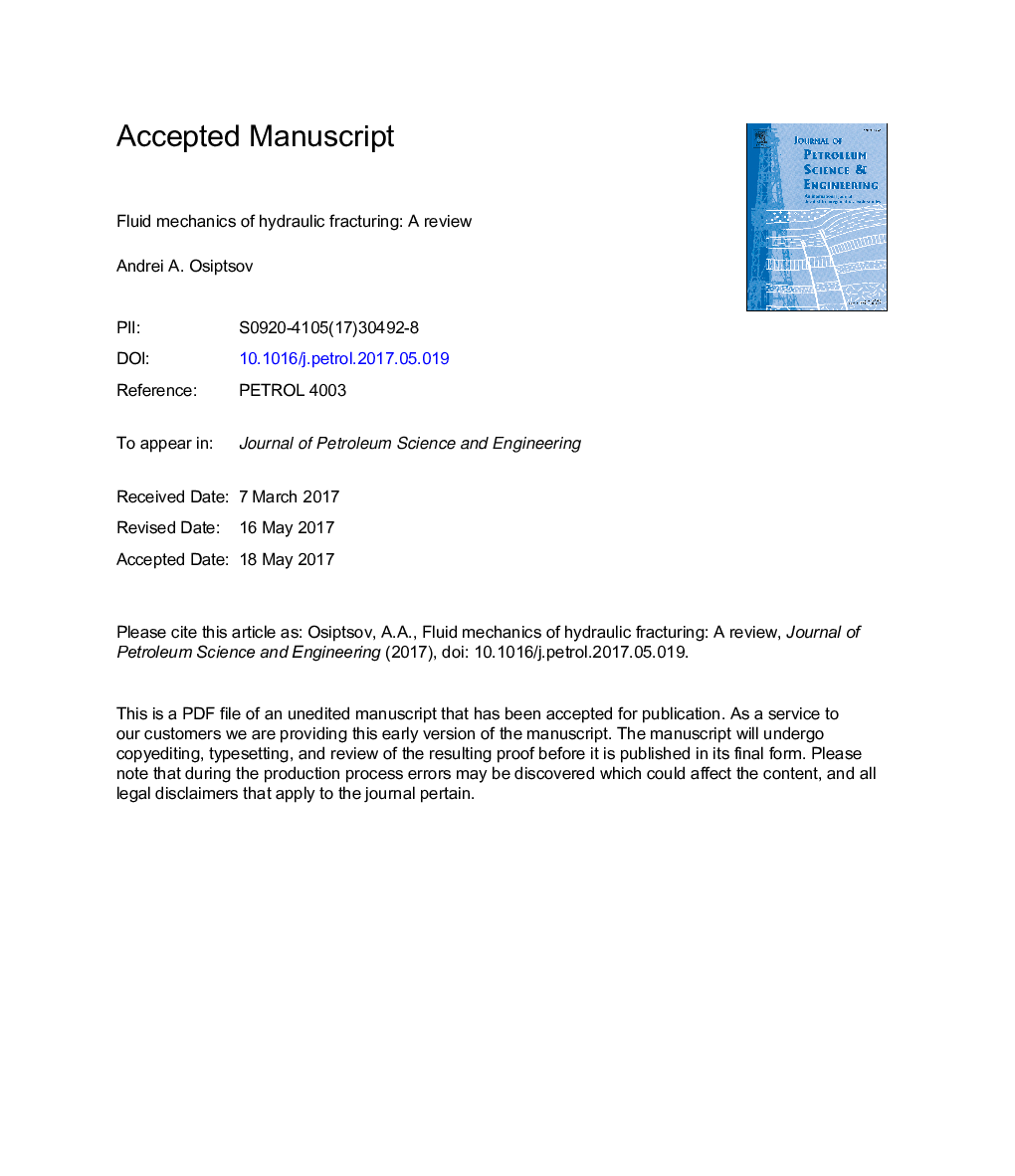| Article ID | Journal | Published Year | Pages | File Type |
|---|---|---|---|---|
| 5484129 | Journal of Petroleum Science and Engineering | 2017 | 29 Pages |
Abstract
This review sheds light on critical phenomena peculiar to hydraulic fracturing treatments, which are grouped into three categories (according to subsequent stages of the stimulation treatment): (i) proppant transport down the wellbore, (ii) proppant placement into the fracture, (iii) flowback from fractures into a well after the end of stimulation treatment (which is particularly important for preserving the integrity and conductivity of the fracture network). To support the modeling in these areas, constitutive relationships calibrated by experiments are of paramount importance. The list of phenomena, still not fully covered by modeling, includes: slugs dispersion in the well during alternate-slug fracturing, impact of fibers and visco-elasto-plasticity of the fracturing fluid on proppant placement in fractures, effects of complex rock fabric and real fracture morphology (roughness, steps, ledges, turns, and junctions), transition from dense suspension to close packing, dynamic bridging and mobilization, particle sedimentation to form a packed bed and re-suspension, dune transport in fracture network, overflush, and flowback into the near-horizontal well from fractures, to name a few. All these effects need to be properly accounted for in the hydraulic fracturing simulators in order for the contemporary technology of multistage fracturing to be designed, executed, evaluated, and optimized properly and safely to yield optimum production, especially in unconventional reservoirs.
Keywords
Related Topics
Physical Sciences and Engineering
Earth and Planetary Sciences
Economic Geology
Authors
Andrei A. Osiptsov,
